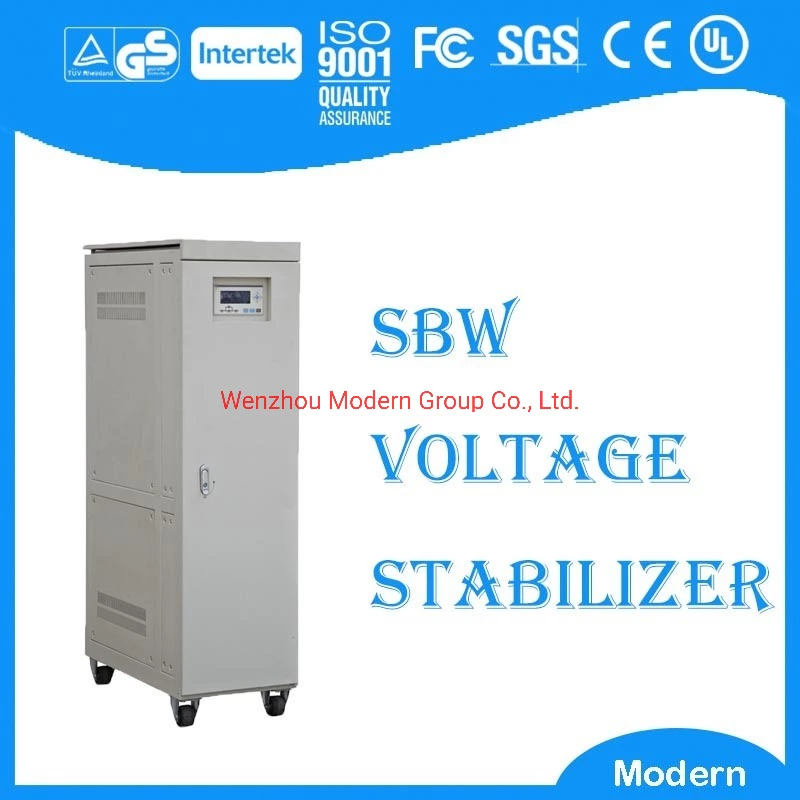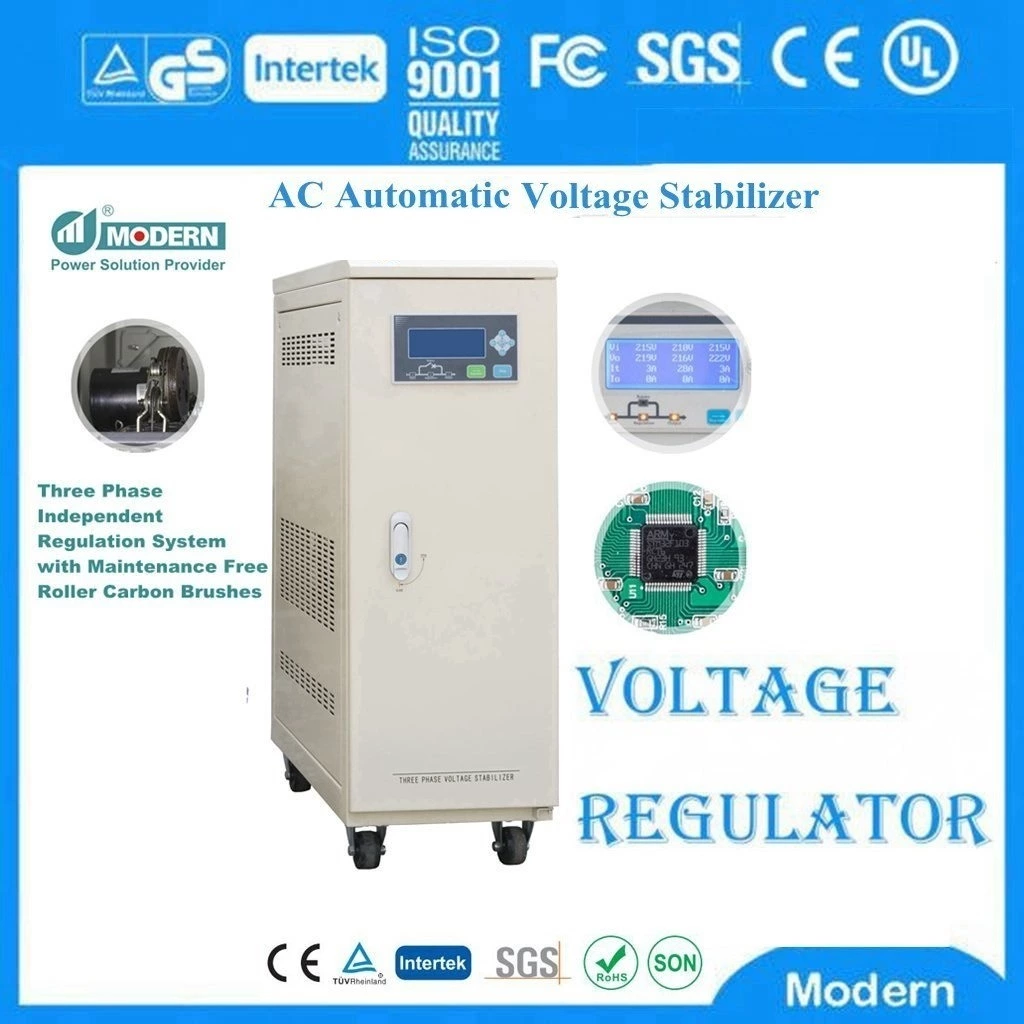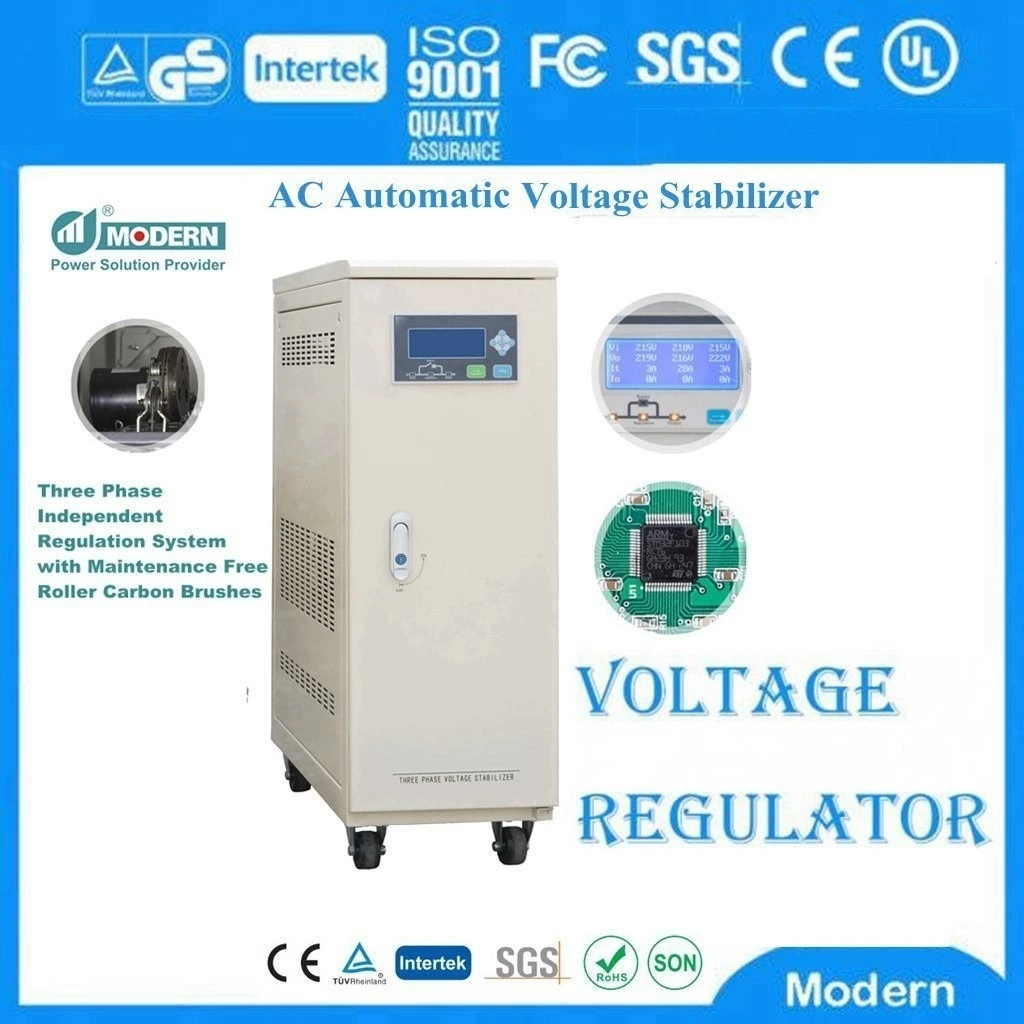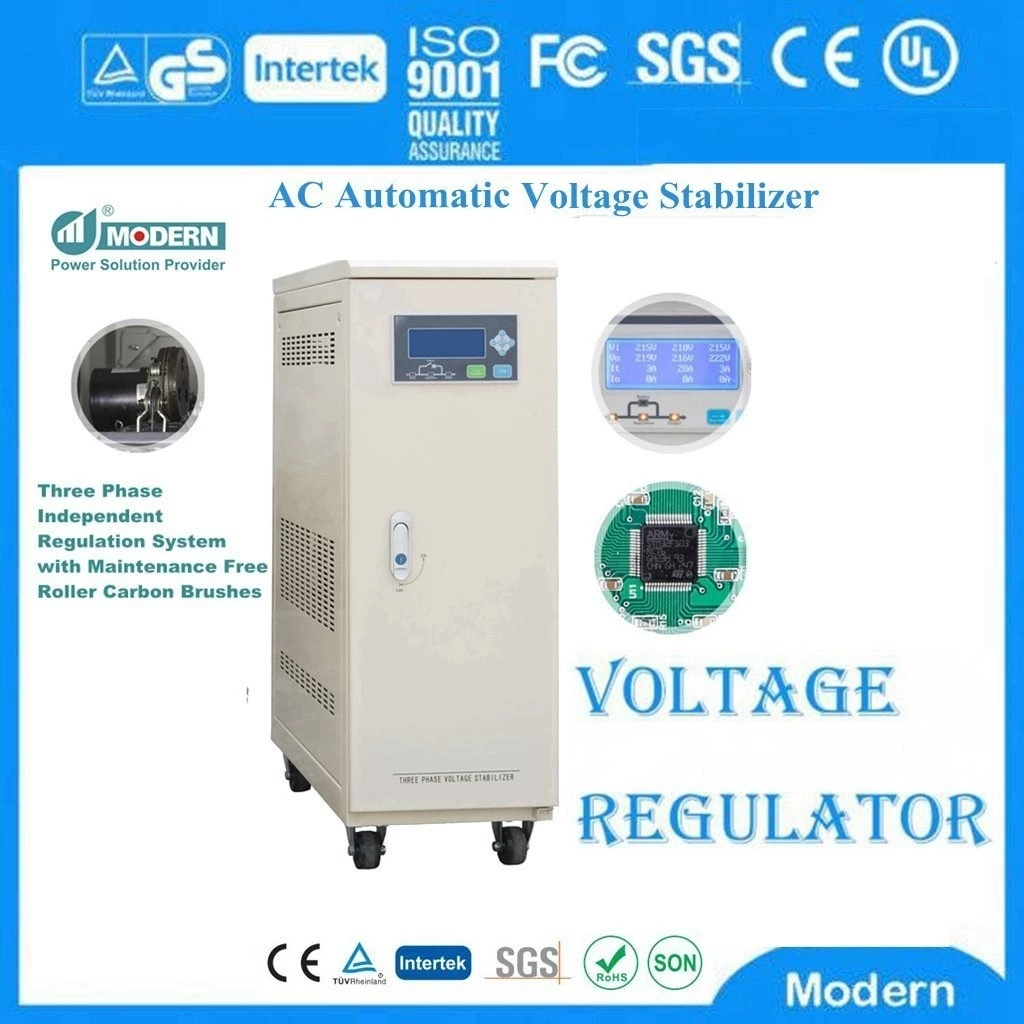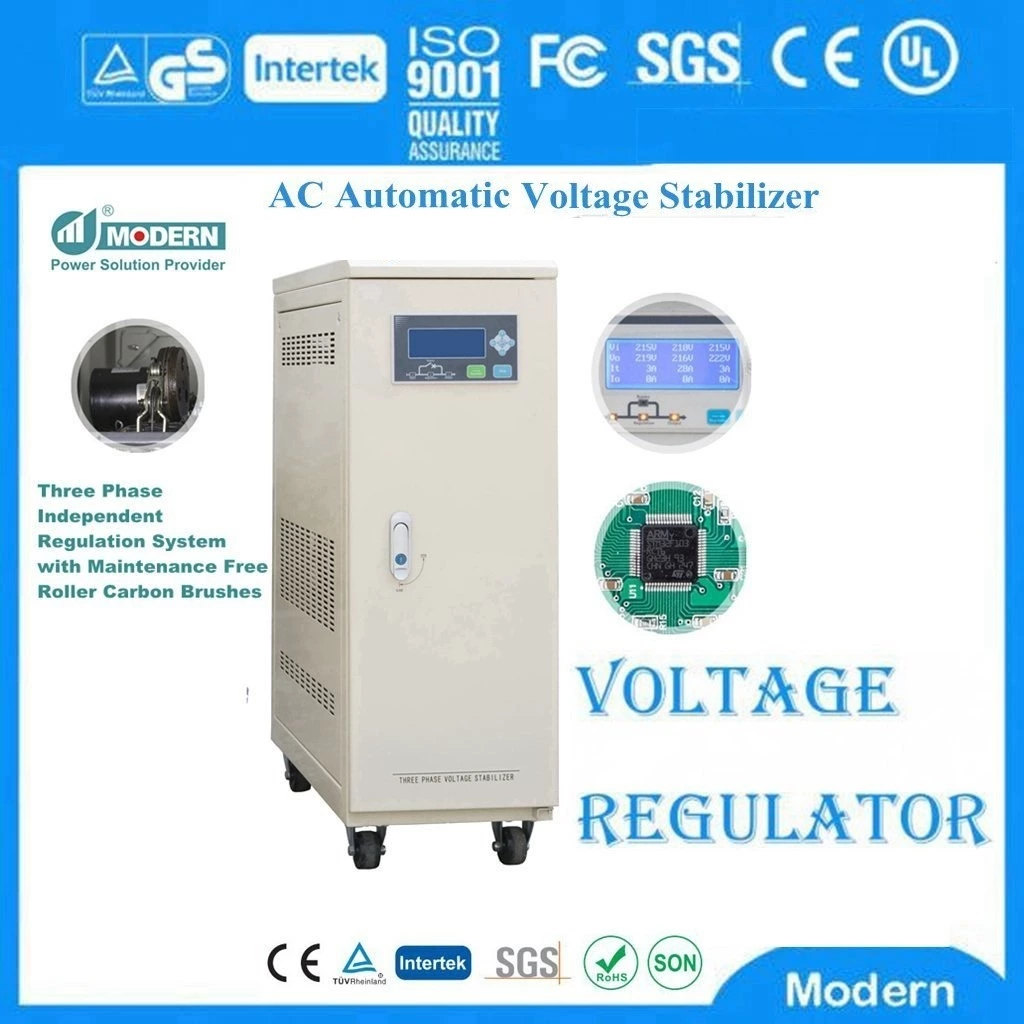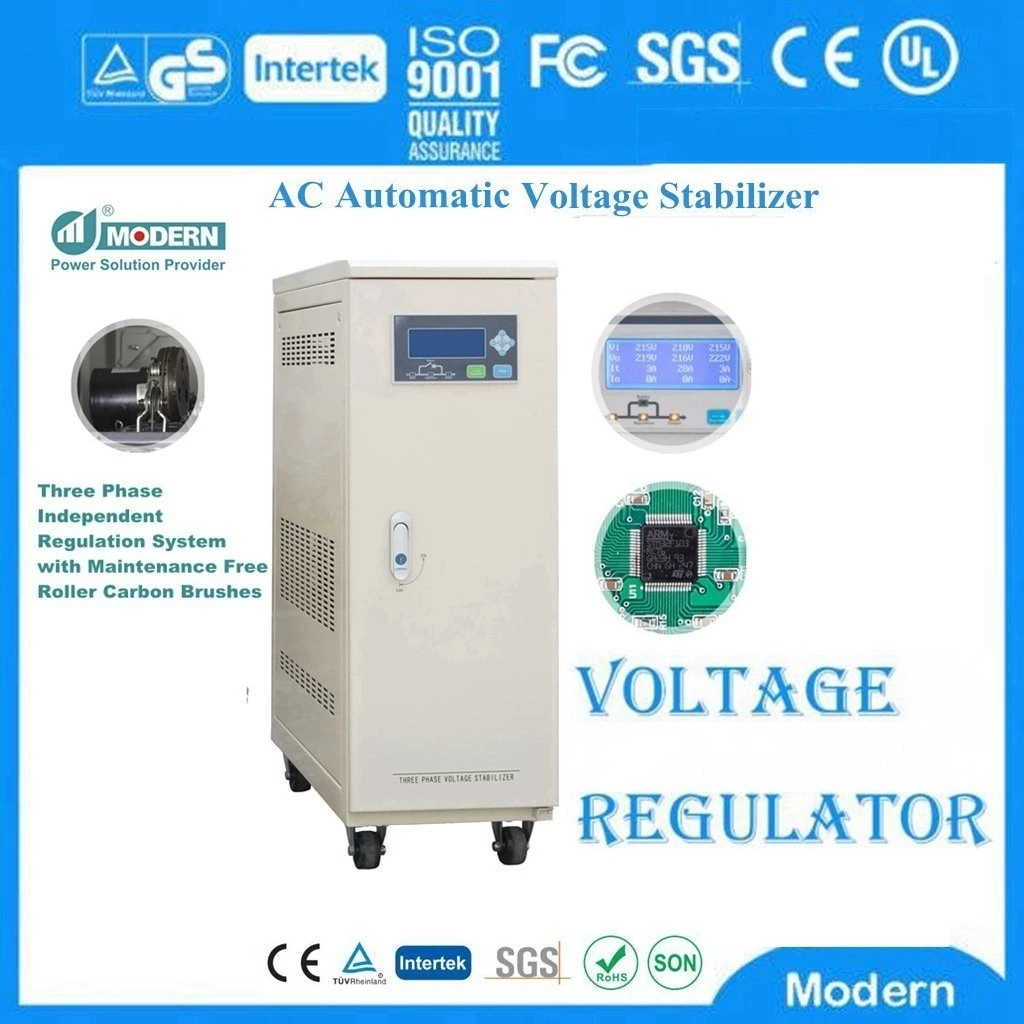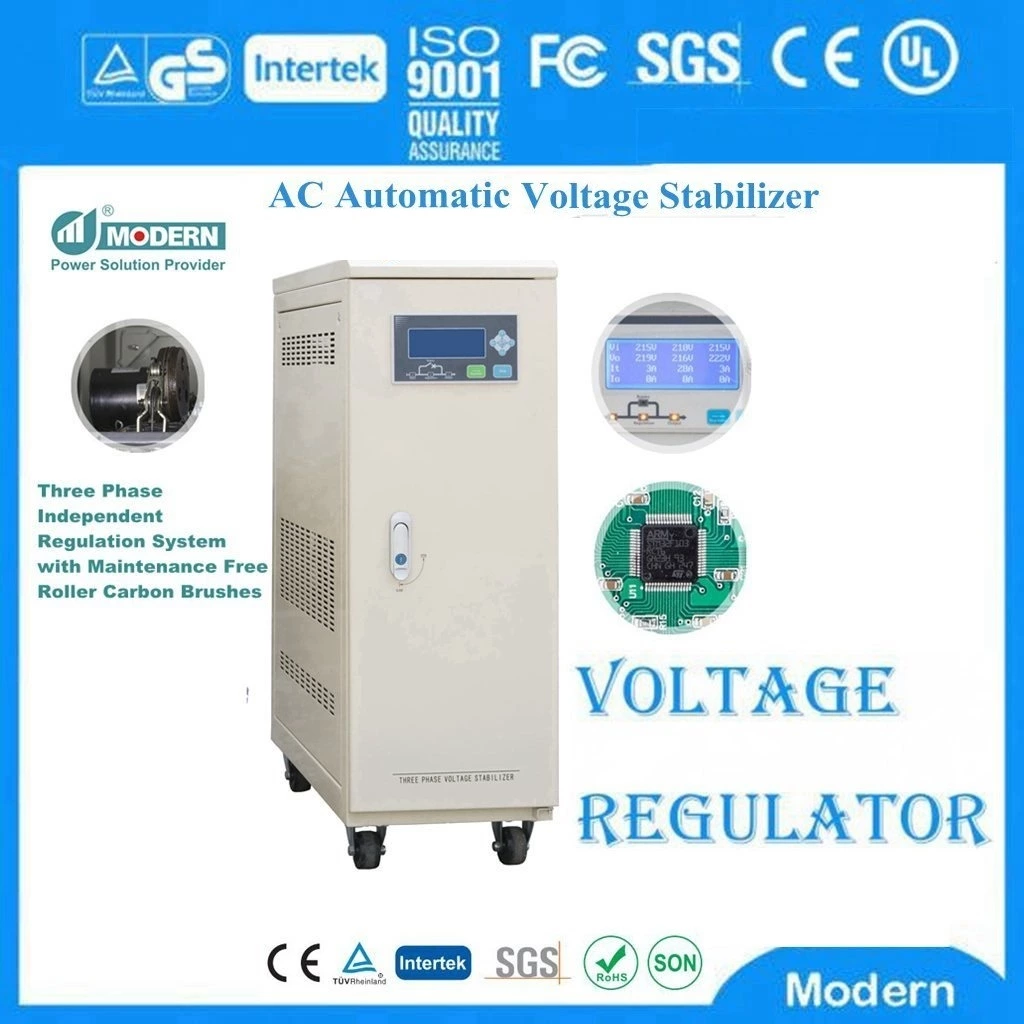Wide Range Voltage Stabilizer, Why Do Voltage Stabilizer Manufacturers Recommend Customers To Give Priority To It?
First, let's explain the working principle of Wide Range Voltage Stabilizer:
The most important part of the voltage stabilizer in an electrical environment with a large voltage fluctuation range is the voltage regulator inside the voltage stabilizer. The voltage stabilizer calculates the difference between the input voltage and the rated voltage through the central computing center, and then changes the contact position of the voltage regulator to achieve the stability of the output voltage.
Working principle of carbon brush type voltage stabilizer:
A. Carbon brush type voltage stabilizer calculates the voltage difference through the computing center during the voltage stabilization process, and then adjusts the position of the carbon brush head on the voltage regulator through the rotation of the servo to achieve the effect of stabilizing the voltage.
B. When the voltage changes, the carbon brush head voltage stabilizer must change the position of the carbon brush head on the voltage regulator at any time to obtain a stable output voltage, and this action belongs to mechanical operation.
We all know that mechanical operation will cause wear, so the carbon brush head of the carbon brush type voltage stabilizer will be worn after working for a certain period of time. When it reaches a certain level, the user must replace the carbon brush head.
C. In addition to mechanical operation, if the voltage fluctuation time is too large, it takes a certain amount of time for the machine to return to its original position, which causes a delay in the voltage stabilization speed. Therefore, the brushless voltage regulator requires a certain reaction time in the voltage stabilization time. Due to the reaction time, the voltage stabilization accuracy of the brushless voltage regulator is low.
Working principle of contactless voltage regulator:
A. Although the contactless voltage regulator also calculates the difference of the voltage regulator through the central operation center, the only difference is the voltage regulating coil. The voltage regulating coil of the contactless voltage regulator is processed by scientific calculation, and the central operation center calculates the difference, and then compensates the difference through the thyristor circuit control board.
B. When the voltage is different from the rated output voltage, the operation center sends a processing signal, and then adjusts the number of turns of the voltage regulator output line through the thyristor circuit board to achieve a stable output of the specified voltage.
C. The contactless voltage regulator adopts electronic operation during use, without mechanical operation and wear. Therefore, there is no need to replace the components during use to achieve zero maintenance.
In this way, the comparison between the two can be seen more intuitively. Generally, if there is a certain economic budget, we will recommend customers to consider contactless voltage stabilizer.
I believe that after users understand the product, they will naturally make a judgment and understand whether the contactless voltage stabilizer is good or not, and whether it is better than the brushless voltage stabilizer.
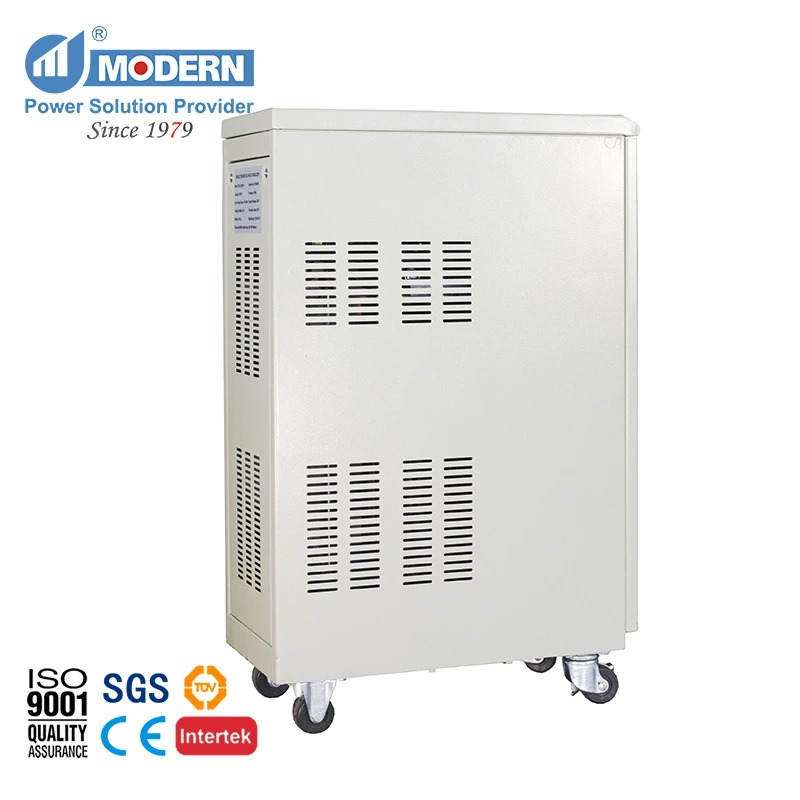
 Русский
Русский
 Français
Français
 Português
Português
 Español
Español
 اللغة العربية
اللغة العربية
